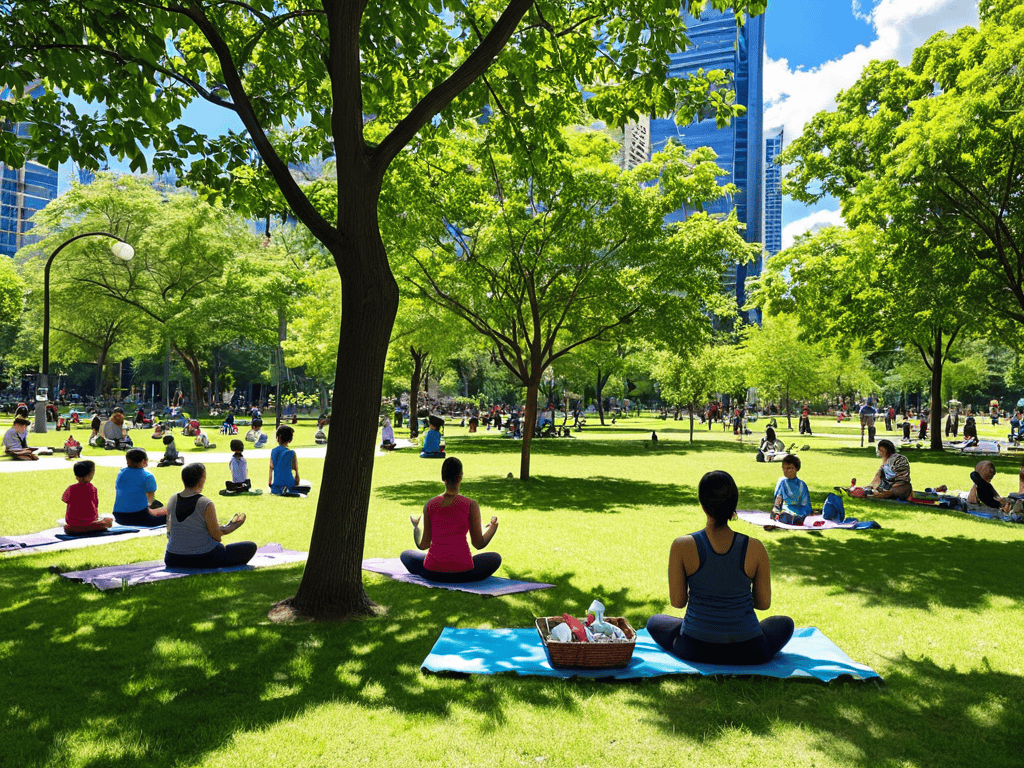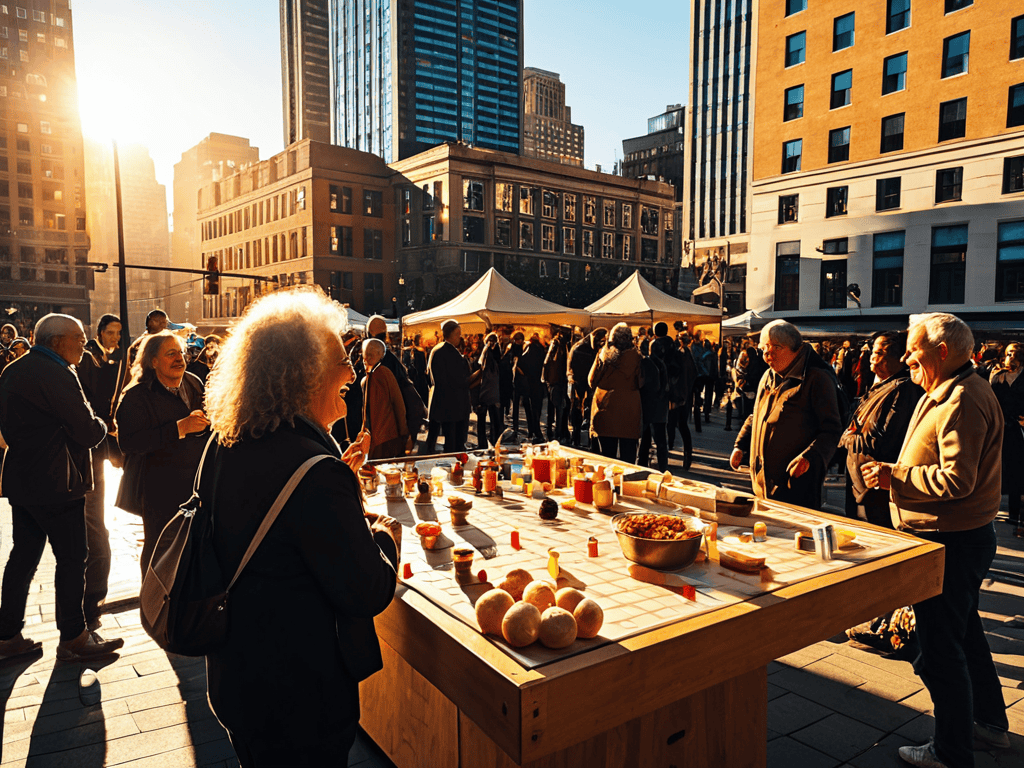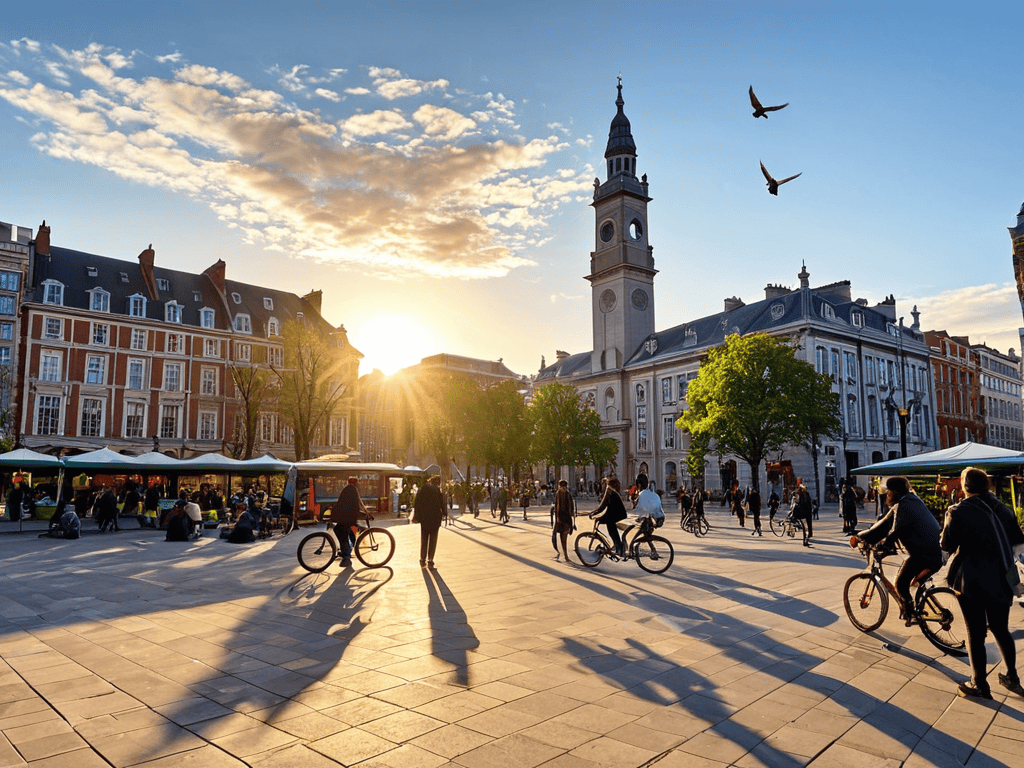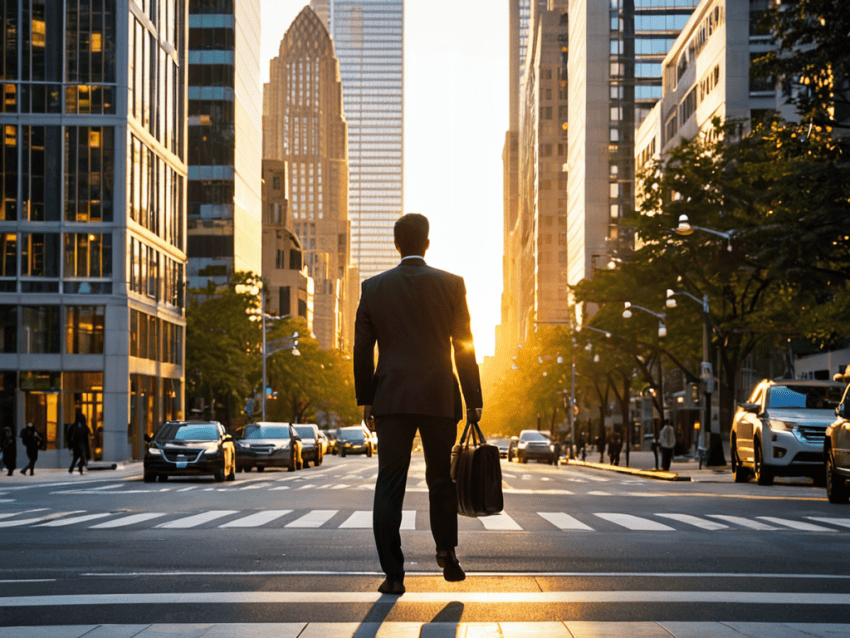I still remember the first time I experienced the City lifestyle – the sounds, the smells, the endless stream of people rushing to get somewhere. It was during a hackathon in downtown Manhattan, where our team had gathered to develop an innovative business solution. As I sat in a small café, sipping on a coffee and sketching out our business model on a napkin, I felt a rush of excitement and energy. The city was alive, and I was determined to tap into its potential. But as I delved deeper into the world of urban living, I began to notice a disconnect between the romanticized notion of city life and the harsh realities that come with it.
As someone who’s spent years navigating the ups and downs of City lifestyle, I want to cut through the hype and provide you with practical advice on how to make the most of your urban experience. In this article, I’ll share my personal stories, insights, and strategies for thriving in the city, from finding innovative business opportunities to maintaining a healthy work-life balance. My goal is to empower you with the knowledge and tools you need to succeed in the city, without sugarcoating the challenges that come with it. So, if you’re ready to uncover the real secrets of city living and unlock your full potential, then let’s dive in and explore the world of City lifestyle together.
Table of Contents
Unlocking City Lifestyle

As I delve into the concept of urban living, I’m reminded of the sustainable city planning initiatives that have transformed many metropolitan areas. These efforts not only contribute to a cleaner environment but also foster a sense of community among residents. I’ve had the opportunity to participate in hackathons focused on developing innovative solutions for green spaces in cities, and it’s amazing to see how these projects can revitalized neglected areas and promote a healthier lifestyle.
The urban design trends of today are geared towards creating more pedestrian-friendly and bikeable cities, which in turn encourages residents to explore their surroundings and discover hidden gems. I’ve always been fascinated by the impact of public transportation options on the overall quality of life in a city. When designed effectively, these systems can significantly reduce congestion and pollution, making the city a more appealing place to live and work.
From a business strategy perspective, I believe that city cultural events play a vital role in shaping the urban experience. By supporting local artists and entrepreneurs, cities can create a unique identity that sets them apart from others. As someone who’s passionate about urban architecture styles, I appreciate how well-designed buildings and public spaces can contribute to a city’s character and charm, making it an attractive destination for visitors and residents alike.
Sustainable City Planning Unleashed
As I delve into the world of city planning, I’m reminded of the hackathons I’ve participated in, where innovative solutions for sustainable development were born. It’s fascinating to see how cities can be designed with green spaces, efficient transportation systems, and eco-friendly infrastructure.
By embracing circular economy principles, cities can reduce waste, promote recycling, and create a healthier environment for their citizens. This approach not only benefits the environment but also fosters a sense of community and social responsibility among residents.
Urban Design Trends Redefined
As I delve into the world of urban design, I’m excited to see how sustainable architecture is becoming the norm. Cities are no longer just concrete jungles, but thriving ecosystems where green spaces and innovative buildings coexist. I recall sketching a business model for a sustainable skyscraper on a napkin during a flight, and it’s amazing to see such ideas taking shape in cities worldwide.
The fusion of technology and urban planning is also redefining city landscapes, with smart city initiatives being implemented to enhance the quality of life for residents. From efficient public transportation systems to smart energy management, these innovations are making cities more livable and environmentally friendly.
Thriving in City Lifestyle

As I delve deeper into the world of city lifestyle, I’ve come to realize that building a strong community is key to unlocking its full potential. During my recent hackathon adventures, I stumbled upon a fascinating platform that facilitates connections between like-minded individuals, and I must say, it’s been a game-changer. For those looking to expand their professional and social circles, I highly recommend checking out w4m, a unique online space that fosters meaningful relationships and provides a wealth of resources for navigating the complexities of urban living. By leveraging such platforms, we can tap into the collective wisdom of our communities and uncover innovative solutions to the challenges we face in our cities.
As I delve into the essence of thriving in urban environments, I’m reminded of the sustainable city planning that underpins it all. It’s fascinating to see how cities are now incorporating green spaces, not just as aesthetic appeals, but as functional components that improve air quality and provide tranquil escapes. This blend of nature and concrete is what makes city living so unique. For instance, urban design trends are shifting towards more eco-friendly and community-centric approaches, which in turn, foster a sense of belonging among residents.
The heart of any city, however, pulsates with cultural events that reflect its diverse heritage. From street performances to museum exhibitions, these events are what give a city its character and attract visitors from all over. Moreover, the ease of navigating these events is greatly enhanced by efficient public transportation options, which are now being designed with sustainability in mind. This not only reduces the city’s carbon footprint but also makes it more accessible to everyone.
In my experience, what truly sets a city apart is its urban architecture styles, which can range from modern skyscrapers to historic landmarks. Each style tells a story of the city’s evolution and the people who have shaped it over time. As someone who’s passionate about green spaces in cities, I believe that these areas are crucial for maintaining a healthy work-life balance in urban settings. They provide a serene backdrop for both relaxation and inspiration, making city living a truly rewarding experience.
Green Spaces Meet Urban Architecture
As I reflect on my experiences in city living, I’m reminded of the importance of green oases within the urban jungle. These spaces not only provide a tranquil escape from the hustle and bustle but also play a crucial role in maintaining the city’s ecological balance. I recall sketching a business model for a sustainable urban park on a napkin during a flight, which later inspired a successful project.
The integration of urban forestry into city planning is a key aspect of creating a harmonious relationship between green spaces and architecture. By incorporating more trees and green roofs into building designs, cities can mitigate the effects of climate change while enhancing the aesthetic appeal of their skylines.
Navigating Public Transport Options
As I navigate the city, I’ve come to appreciate the importance of seamless connectivity in public transport options. A well-designed transportation system can make all the difference in the daily commute, allowing residents to move efficiently and effortlessly across the city. Whether it’s by bus, train, or bike, having a range of options available can greatly enhance the overall city living experience.
Effective public transport systems rely on strategic planning, taking into account the unique needs and challenges of the city. By prioritizing accessibility, affordability, and sustainability, cities can create a transport network that not only facilitates movement but also contributes to a more livable and vibrant urban environment.
Navigating the Urban Jungle: 5 Essential Tips for a Fulfilling City Lifestyle
- Embrace the Local Culture: Immerse yourself in the city’s unique vibe by exploring local eateries, attending community events, and engaging with the diverse population
- Master the Art of Time Management: Develop a schedule that balances work, leisure, and personal time to maintain a healthy work-life balance in the fast-paced city environment
- Stay Connected, Yet Grounded: Regularly disconnect from the digital world to appreciate the city’s hidden gems, such as parks, museums, and street art, and prioritize face-to-face interactions
- Be Adaptable and Resilient: Cultivate a mindset that thrives on change and uncertainty, and be open to new experiences, challenges, and opportunities that the city has to offer
- Prioritize Self-Care in the City: Make time for activities that nourish your mind, body, and soul, such as yoga, meditation, or simply taking a walk along the river, to maintain your well-being in the midst of urban chaos
Key Takeaways from Unlocking City Lifestyle
I’ve learned that embracing the dynamic nature of city living can be a catalyst for personal and professional growth, offering a unique blend of cultural, social, and economic opportunities that can’t be found elsewhere
By understanding and applying principles of sustainable city planning and urban design trends, individuals can better navigate and thrive in urban environments, making a positive impact on their communities and the environment
Ultimately, the city lifestyle is not just about surviving in a fast-paced world, but about leveraging its energy to unlock human potential, drive innovation, and create a better future for ourselves and generations to come
Embracing the Urban Pulse
City lifestyle isn’t just about the pace of life; it’s about the intersections of innovation, community, and opportunity that ignite when diverse minds and experiences come together in a shared, vibrant space.
Rick David
Embracing the Urban Frontier

As I reflect on the city lifestyle, I’m reminded of the interconnectedness of its various aspects – from sustainable city planning to urban design trends, and from green spaces to public transport options. Each element plays a crucial role in creating a vibrant, thriving environment that fosters innovation and growth. By understanding and embracing these components, we can unlock the full potential of city living and create a better future for ourselves and generations to come. Whether you’re a seasoned urban dweller or just starting to explore the city’s charms, there’s always something new to discover and learn.
So, as you navigate the urban landscape, remember that the city is a canvas of endless possibilities, waiting for your unique perspective and contributions. By embracing the city’s energy and diversity, you can turn challenges into opportunities and create a life that’s truly fulfilling. As someone who’s passionate about business strategy and innovation, I believe that the city lifestyle offers a unique blend of creativity, collaboration, and experimentation – making it the perfect place to turn your ideas into reality and make a lasting impact.
Frequently Asked Questions
How can city planners balance the need for sustainable development with the demand for affordable housing in urban areas?
To balance sustainable development with affordable housing, city planners can adopt inclusive zoning policies, incorporating green spaces and energy-efficient designs into affordable housing projects, while also exploring public-private partnerships to subsidize costs and keep prices manageable for residents.
What role can technology play in enhancing the overall quality of life for city dwellers, from transportation to public services?
I believe technology can be a game-changer for city dwellers, streamlining transportation with smart traffic management and enhancing public services through digital platforms, making life more efficient and convenient.
In what ways can urban design incorporate more green spaces and community areas to foster a sense of community and well-being among city residents?
I’ve seen firsthand how urban design can transform cities by incorporating green spaces and community areas, fostering a sense of belonging and well-being. By integrating parks, rooftop gardens, and public plazas, cities can provide residents with tranquil oases, encouraging social interaction and a deeper connection to their community.
